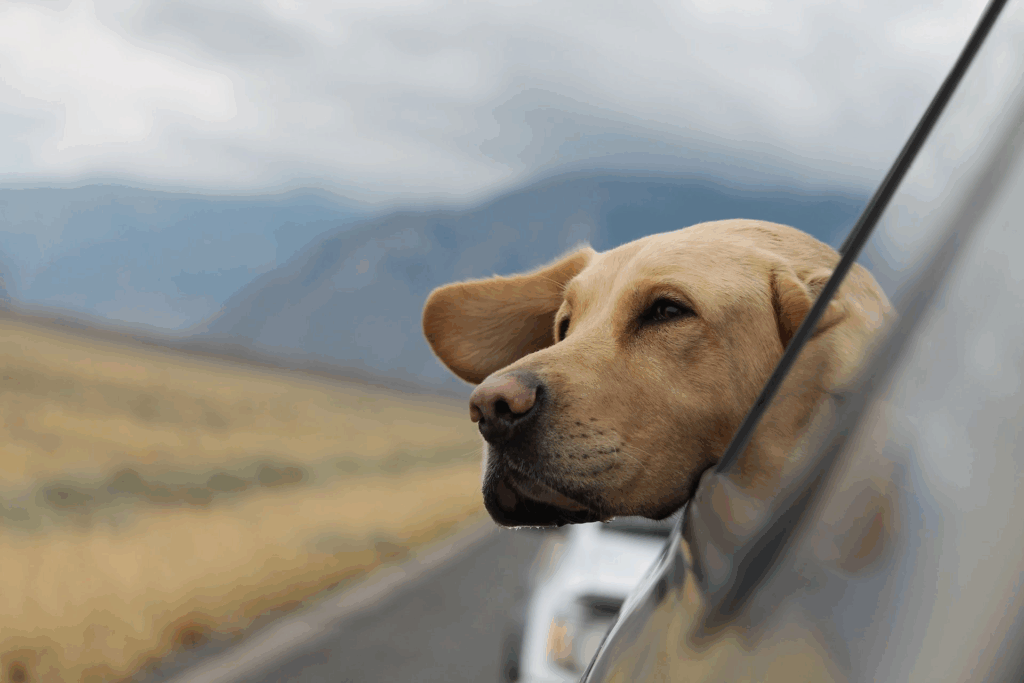As we dive into the golden years of our beloved pets, sometimes the pounds creep on, leaving us scratching our heads and wondering, “How did my once-lean feline transform into a fluffy couch potato?” While our pups may earn silver whiskers and our cats may develop distinguished gravity, obesity in senior pets is no laughing matter. Fear not—here’s a witty yet insightful guide on helping your senior companions shed those extra pounds while maintaining the lifestyles they love.
Understanding the Scale of the Problem

Just like humans, pets can struggle with the expanding belly phenomenon. According to the Association for Pet Obesity Prevention, over 50% of dogs and cats are overweight or obese. This unnecessary weight can lead to a myriad of health issues, making it imperative for pet owners to be proactive. But how do you help your senior pets lose weight without raining on their parade?
Best Strategies for a Healthier Senior Pet
- Consult Your Vet with Feline and Canine Guidance
- Before launching into a weight-loss program, make that trip to the vet. Think of them as your pet’s very own personal trainer.
- Your vet can rule out underlying medical conditions and tailor a weight loss plan suited to your pet’s needs.
- Diet Makeover: From Potato Chips to Pet Cuisine
- It’s time to retire those extra treats! Master the art of moderation.
- Introduce high-quality, nutrient-dense foods and avoid those calorific fillers. Look for options with lean proteins and lots of fiber . Consider “senior” formulas that cater to older pets.
- Embrace Portion Control Like a Pro
- Tools for success: measuring cups! Invest in some cute, pet-themed measuring cups to make serving meals less mundane.
- Follow feeding guidelines on your pet food packaging, but adjust as needed based on your vet’s feedback.
- Slow Down, Greedy Gus!
- Some pets devour food faster than a blink of an eye. Puzzle feeders, slow bowls, or having meals more frequently can prevent them from turning into scarf-and-barf machines.
- Make mealtime an experience, not just a race.
- Fun Exercise for Your Senior Sidekick
- Your senior pet may not be ready for an Olympic-level workout, but low-impact activities can work wonders.
- Short walks, gentle play sessions, or even swimming can keep your pet active. Mix it up to keep it interesting!
- Use toys strategically! A squeaky toy can ignite that hunter’s spark, even in a slower cat.
- Keep Their Mind Active Too!
- Healthy pets need healthy minds. Engaging activities like hide-and-seek or training tricks can keep both body and mind active. Plus, what better way to bond than to teach old dogs new tricks?
- Interactive toys or treat-dispensing puzzles can turn playtime into a bit of a workout.
- Set Realistic Goals
- Craft short and long-term weight loss goals—like great fitness trainers do. Celebrate milestones (in moderation, of course) with some cuddles rather than treats.
- Monitor progress and adjust as needed. Remember, slow and steady wins the race!
- Make Life Changes Together
- Set the stage for long-term success by aligning your pet’s new journey with your own healthier habits.
- Consider going for family walks or joining doggy yoga classes. The more, the merrier!

Conclusion: A Happy, Healthy, and Lighter Future
In the battle against pet obesity, your paw-some partnership can make a gigantic difference. It may take a little time, but training your senior furball into a healthier lifestyle can lead to longer, happier years. By implementing a meaningful nutrition plan, engaging exercises, and plenty of love, you’ll not only help your pet tackle that weight gain, but you’ll also strengthen the bond you share. After all, every extra paw step counts!
Together, let’s embrace a journey towards vitality—one tiny paw at a time!
